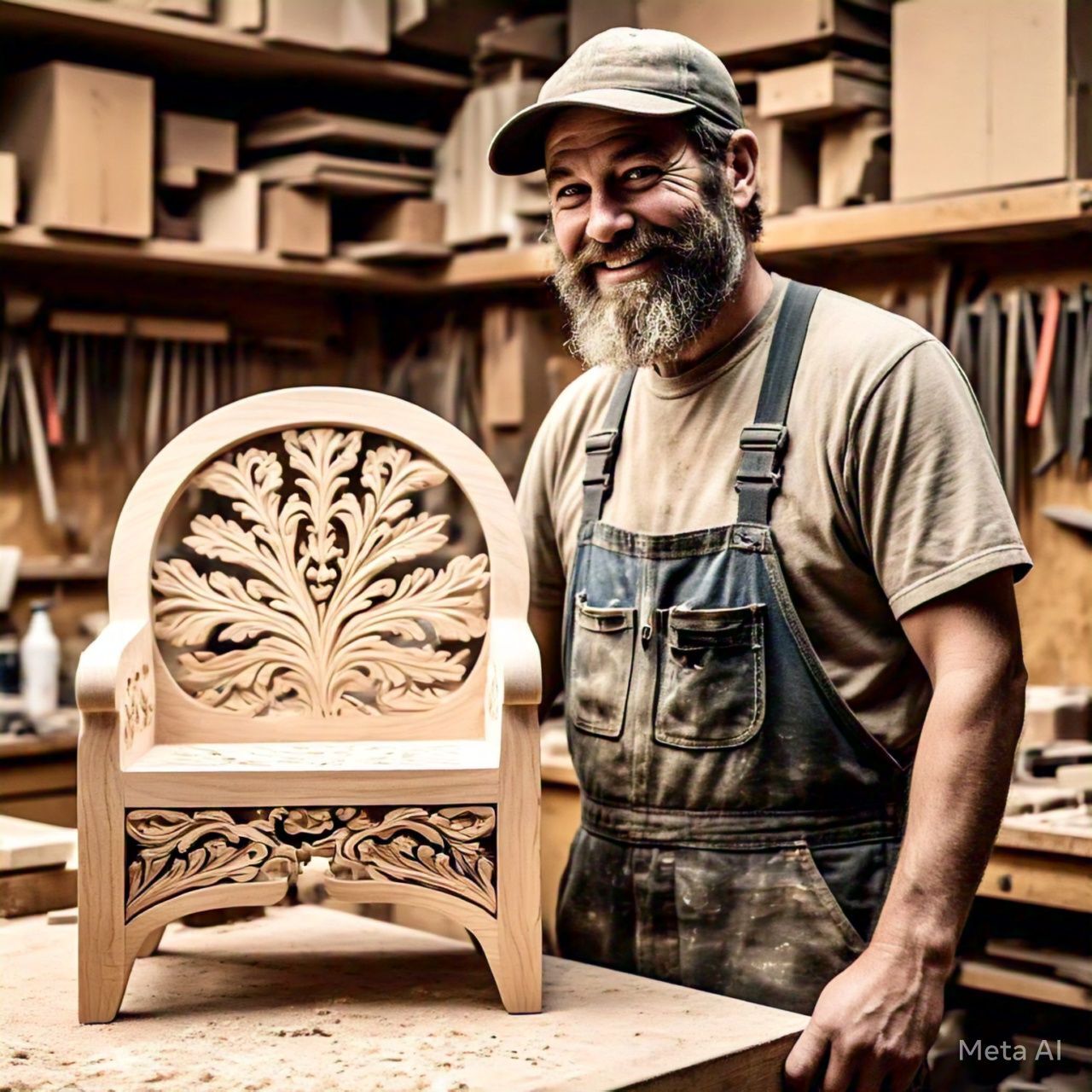The Artisan SME Business Model: Crafting success through skilled trades
The Artisan SME Business Model: Crafting success through skilled trades
The Artisan SME Business Model is integral to various industries, including plumbing, electrical services, drafting, bookkeeping, construction, and IT repair.
These businesses thrive on skilled labour and craftsmanship, offering specialized services that cater to individual and business needs. Understanding this model is crucial for artisans aiming to establish and grow successful enterprises.

Defining the Artisan SME Business Model
Defining the Artisan SME Business Model
The Artisan SME Business Model encompasses businesses that provide skilled services, often involving manual labour and the application of specialized crafts.
The Artisan SME Business Model revolves around delivering specialized, hands-on services. These businesses often focus on local markets and provide essential services that are both technical and creative.
Unlike large corporations, artisan SMEs are typically small, owner-operated, and highly responsive to customer needs. Many artisan businesses serve local communities and rely on word-of-mouth referrals.
This model encompasses skilled trades such as plumbing, electrical work, carpentry, welding, IT repair, mechanics, construction, landscaping, and various other skilled trades.
Key characteristics of this model include:
Skilled Labour – The core competency lies in the skilled labour and craftsmanship of the artisans.
Hands-on Work – These businesses typically involve hands-on work and the use of specialized tools and equipment.
Customer Relationships – Building strong client relationships is crucial, as repeat business and referrals are often key to success.
Local Focus – Many artisan businesses serve local communities and rely on word-of-mouth referrals.

Entry Level Expertise Requirements
Entry Level Expertise Requirements
Artisan SMEs require a solid foundation of technical skills and industry-specific knowledge. Entry into these trades often involves vocational training, apprenticeships, and certifications. For example, electricians must complete formal education and obtain licensure, while plumbers undergo apprenticeships to gain hands-on experience.
Practical experience is essential for honing skills and developing expertise in the trade. Continuous learning and skill development are essential to stay competitive and meet evolving industry standards.
The Standard Regulations Applicable
The Standard Regulations Applicable
Artisan SMEs must adhere to a variety of regulations and standards to ensure safety, quality, and legal compliance. These include local building codes and regulations, Occupational Health and safety regulations, trade certifications, licenses and permits to operate the business, fair business practices and consumer protection rights. Regulatory compliance not only safeguards customers but also enhances the credibility and professionalism of the business. Regular updates on industry standards are crucial for maintaining compliance and avoiding legal issues.

Technology and Automation requirements
Technology and Automation requirements
Incorporating technology and automation can significantly enhance the efficiency and service quality of artisan SMEs.
Some examples of such tools are:
Mobile devices and tablets – For scheduling, invoicing, communication, and accessing information on the go.
GPS tracking – For tracking job site locations and optimizing routes.
Project management software – For managing projects, tracking progress, and communicating with clients.
CRM systems – For managing customer relationships, tracking leads, and improving customer service.
Accounting software – For billing, inventory management and financial reporting.
These tools reduce administrative workload, allowing artisans to focus on their craft and client relationships.

The Key Roles and Responsibilities (People) requirements
The Key Roles and Responsibilities (People) requirements
The success of artisan SMEs relies on a skilled and motivated workforce. Key roles include:
Skilled Tradespeople – The core of the business, possessing the necessary skills and expertise to perform the work.
Project Managers (if applicable) – Overseeing larger projects, managing teams, and ensuring project timelines and budgets are met.
Administrative Support – Handling scheduling, invoicing, and other administrative tasks.
Customer Service Representatives – Interacting with clients, scheduling appointments, and addressing customer inquiries.
Clear delineation of responsibilities ensures efficient task execution and accountability. Investing in employee training and development not only enhances skills but also fosters a loyal and engaged workforce, crucial for long-term success.

Overall Costs and funding requirements
Overall Costs and funding requirements
Starting an artisan business can involve significant upfront costs, including:
Equipment and tools – Purchasing or leasing specialized tools and equipment.
Vehicle and transportation – Investing in vehicles and transportation for workers and equipment.
Licensing and insurance – Obtaining necessary licenses and insurance coverage.
Startup costs – Covering initial operating expenses, such as rent, utilities, and marketing.
The Startup of this type of SME also involves costs such as training, certification and workspace. Ongoing expenses include materials, labour, marketing, and operational overheads.
Securing funding through personal savings, loans, or grants is essential for initial setup and growth. Effective financial management, including budgeting and cash flow monitoring, is critical to maintaining profitability and sustainability.
Benefits of the Artisan SME Business Model
Artisan SMEs benefit from high demand for specialized skilled tradespeople, and local services, offering stability and growth opportunities.
Many artisans find their work to be personally rewarding and fulfilling. By building a strong reputation and expanding their services, artisans can grow their businesses significantly.
Many artisan businesses offer flexibility in terms of work hours and location. Personalized service, attention to detail, and customer relationships are key competitive advantages.
Flexibility in service offerings and the ability to adapt to market changes contribute to the resilience of these businesses.
Challenges of the Artisan SME Business Model
Challenges of the Artisan SME Business Model
Challenges in the Artisan SME Business Model include intense competition, reliance on individual expertise, and vulnerability to economic fluctuations.
Many trades involve physical labour, which can be demanding and potentially hazardous.
The need for continuous skill development and adherence to evolving regulations can be demanding. Finding and retaining qualified employees can be challenging.
Future Prospects of the Artisan SME Business Model
Future Prospects of the Artisan SME Business Model
The demand for skilled tradespeople is expected to continue to grow in the coming years. As technology advances, new opportunities will emerge for artisans to incorporate innovative tools and techniques into their work.
The future of the Artisan SME Business Model lies in embracing innovation and diversification. Adopting new technologies, such as smart home systems for electricians or eco-friendly materials for construction, can open new market opportunities.
Expanding service offerings and exploring online marketing can attract a broader customer base. As the demand for personalized, high-quality services grows, artisan SMEs are well-positioned to thrive by leveraging their unique strengths and adapting to changing market dynamics.

Crafting a sustainable future for Artisan SMEs
The Artisan SME Business Model offers a pathway to sustainable success through skilled craftsmanship and personalized service.
By understanding the intricacies of this model, from regulatory compliance to technology adoption, artisans can build resilient, client-focused businesses.
Embracing continuous learning, fostering strong client relationships, and staying abreast of industry trends will position artisan SMEs for long-term growth and prosperity.


